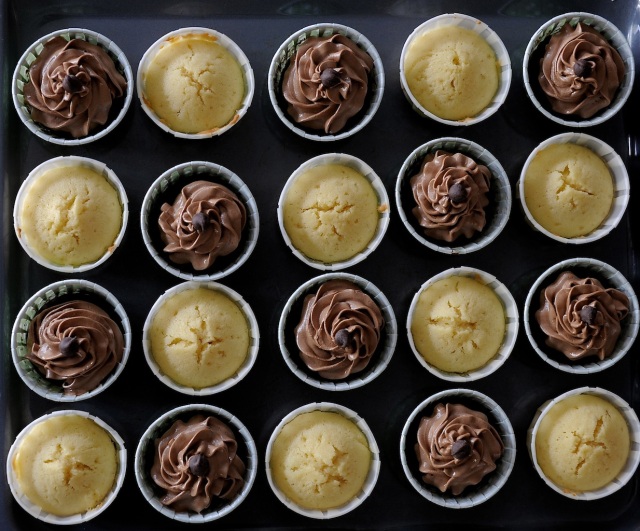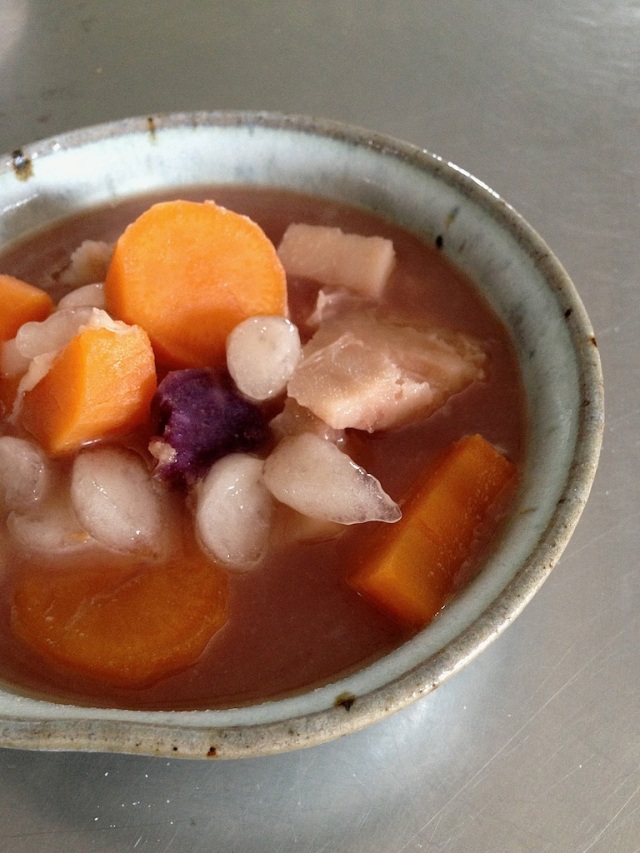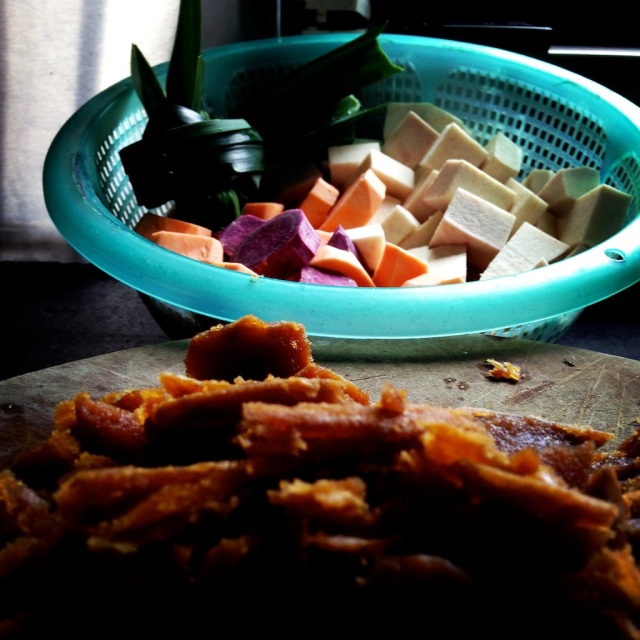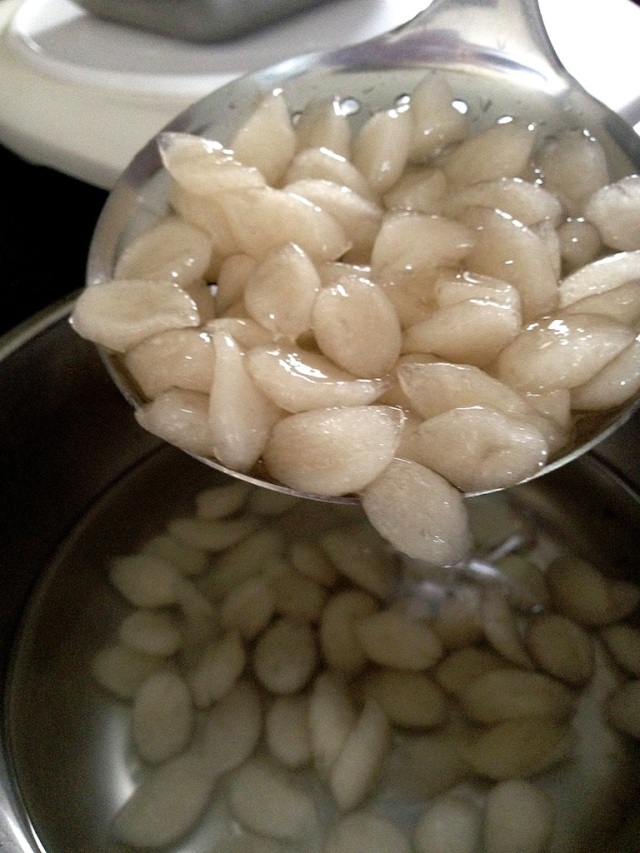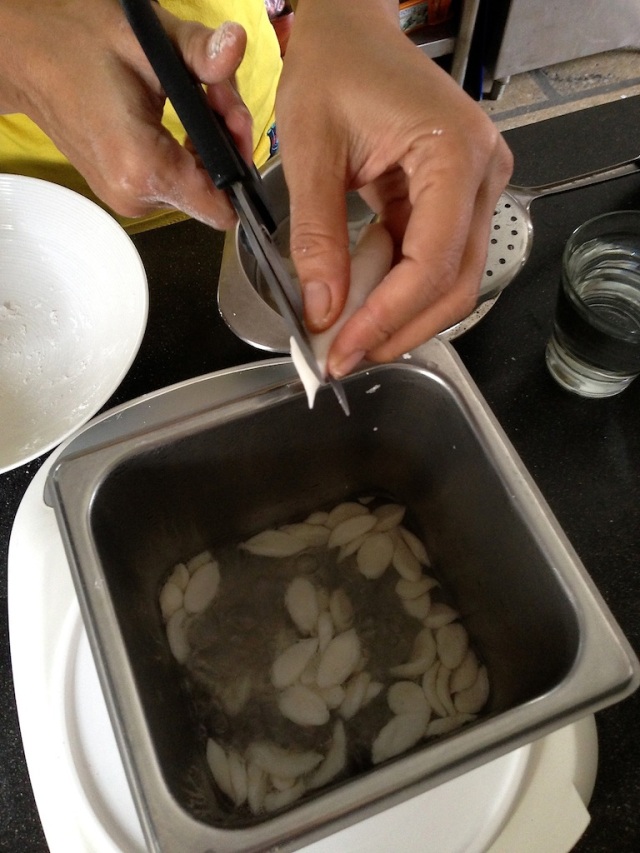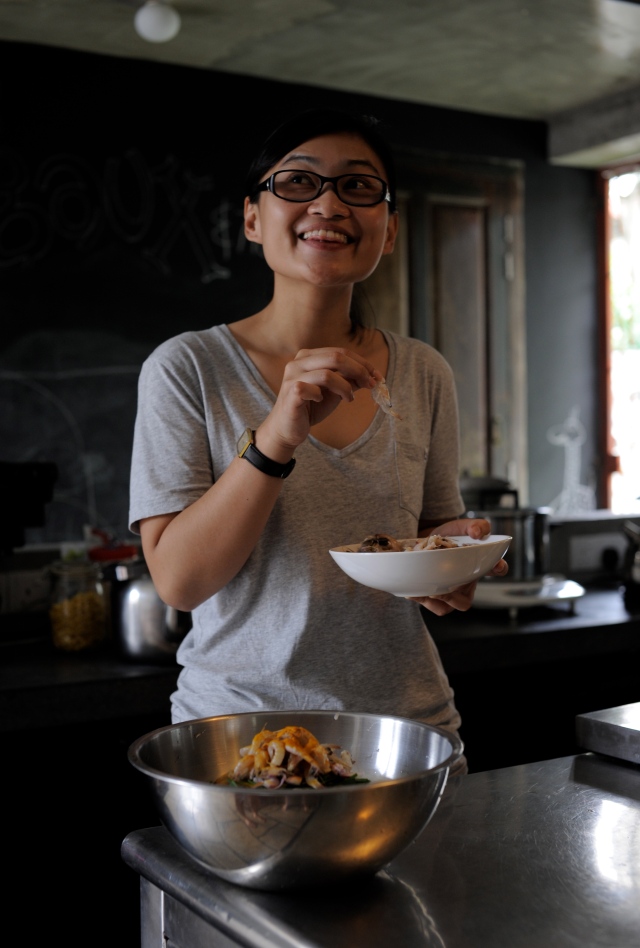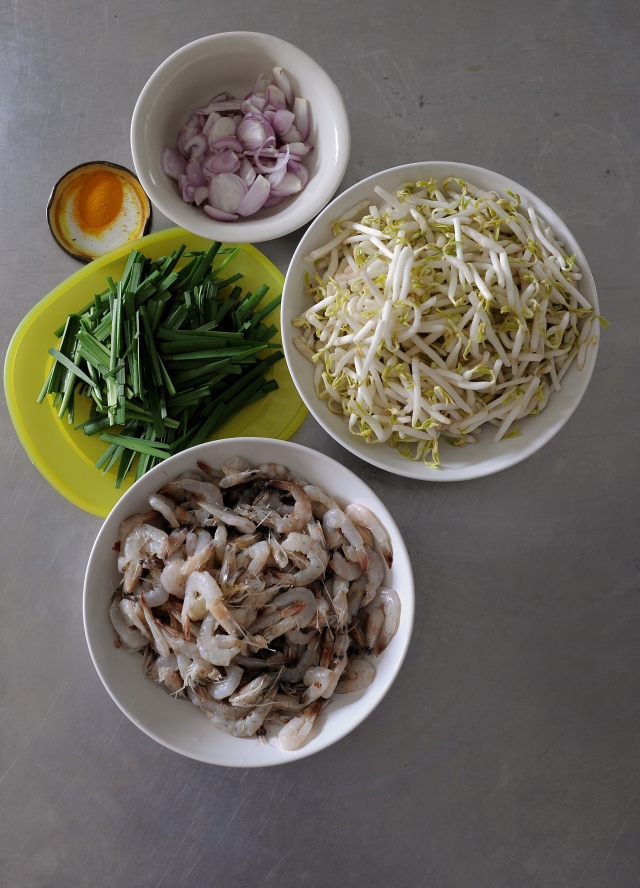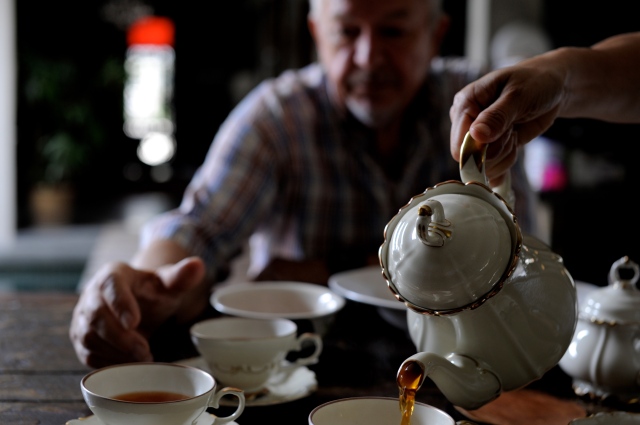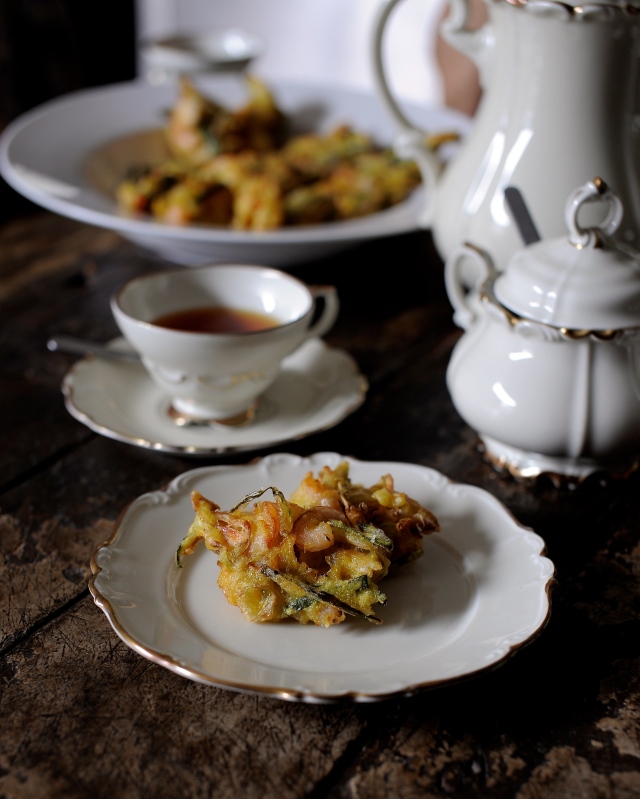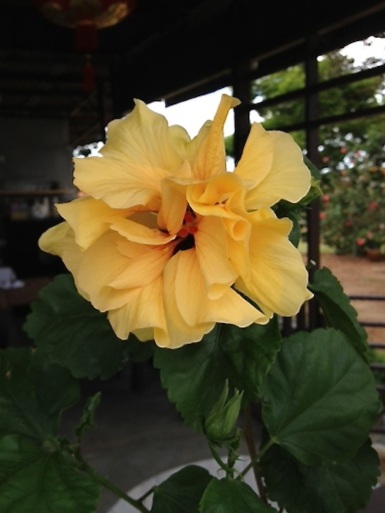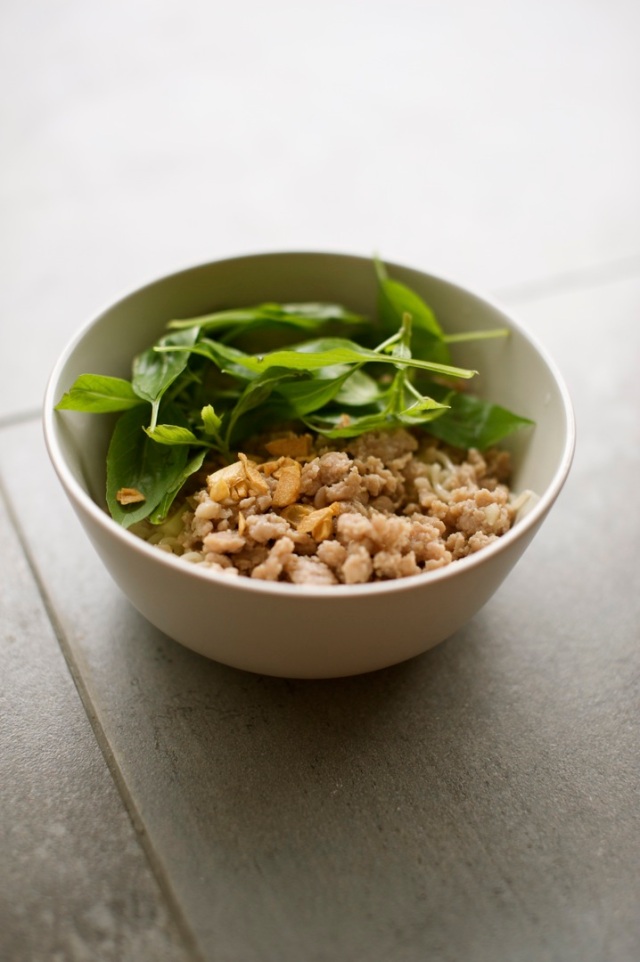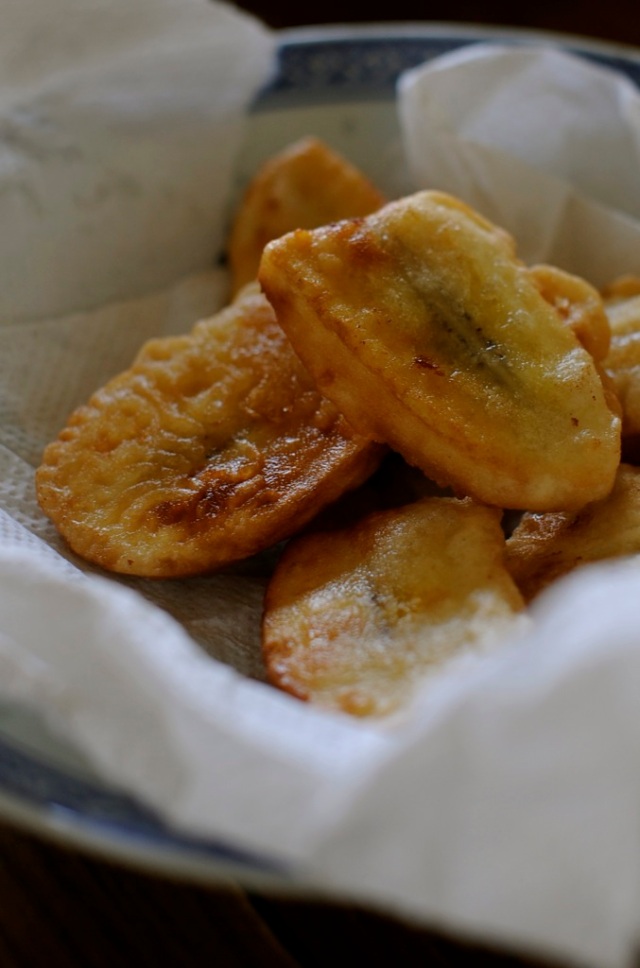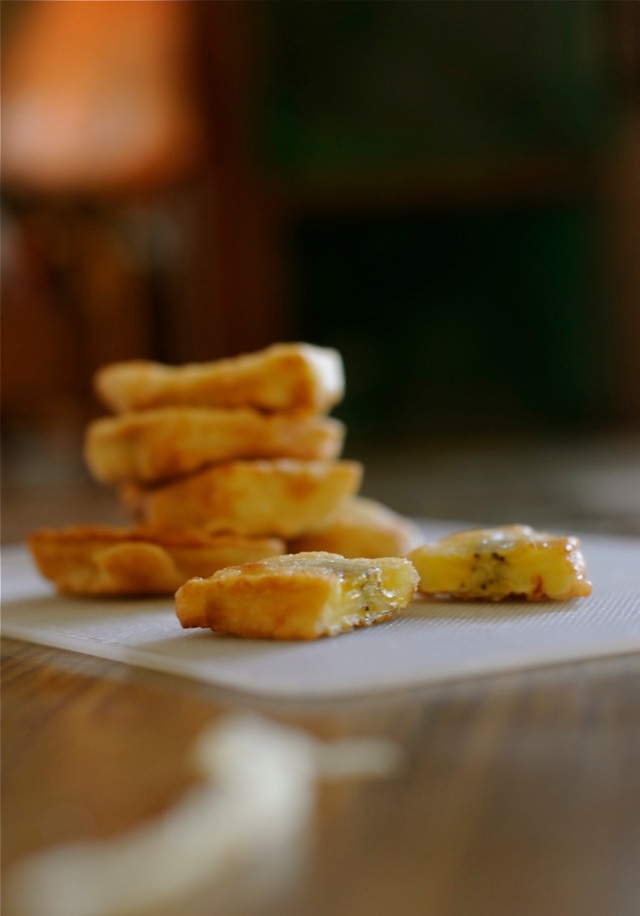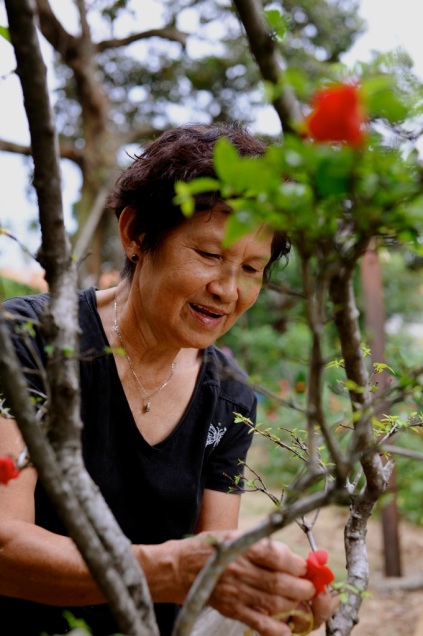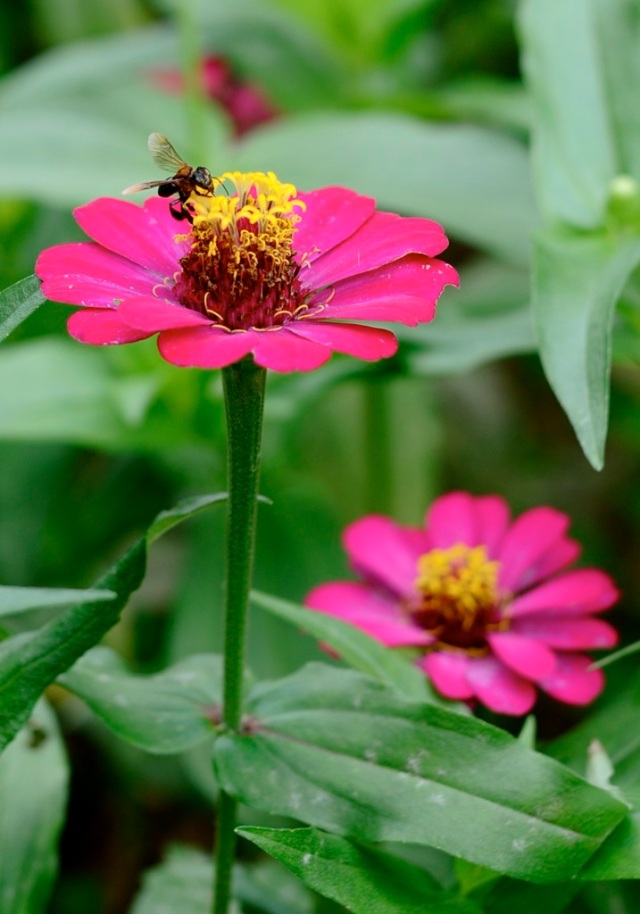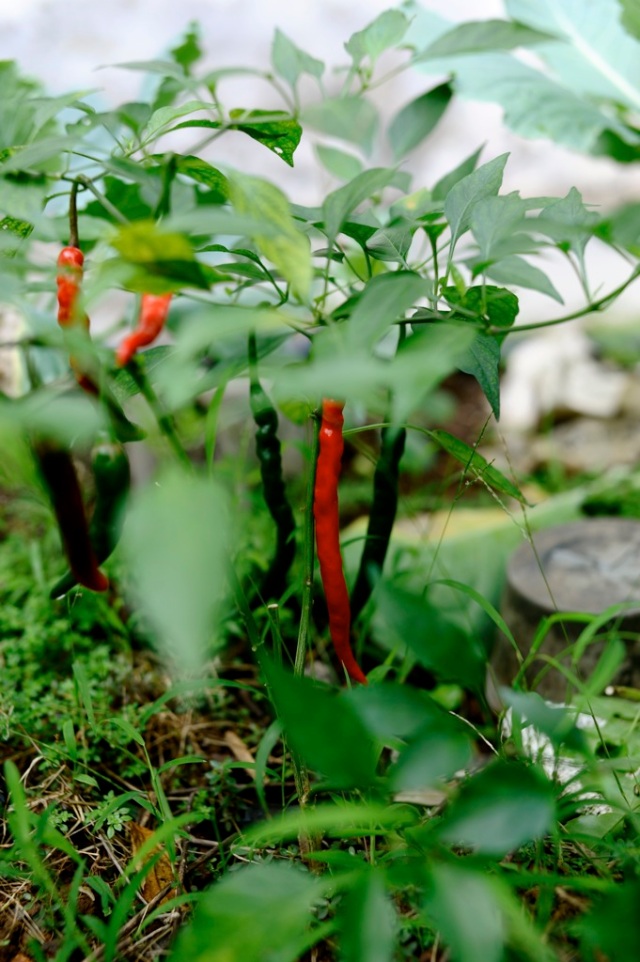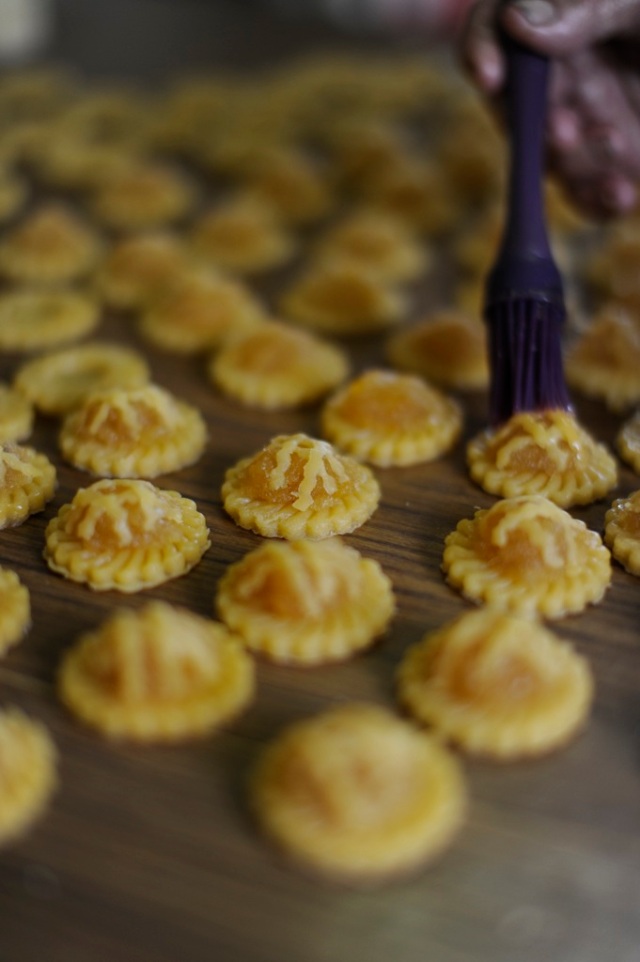
Ren Ri 人日 or Man’s Day, falls on the 7th day of our Chinese Lunar calendar. Growing up in a hokkien family, we never celebrated this day as we prided our own Heavenly God’s Day which falls on the 9th . Competitive, yes the Chinese are very.
My kay el friends and colleagues, majority Cantonese, celebrate Ren Ri by tossing a Yee Sang which symbolises prosperity.
My earlier encounters with Lui Cha weren’t very impressive. Yearly, I would be invited by my cousin’s wife, a hakka who hosts a party to serve “ham cha” meaning “salted tea” or what I have now intimately got familiarised to, as “lui cha”. Never really liked it then. The broth made by her was not very agreeable to my palate. To remain a courteous guest and relative, most times I would just eat the assorted vegetables, rice and nuts tossed together.
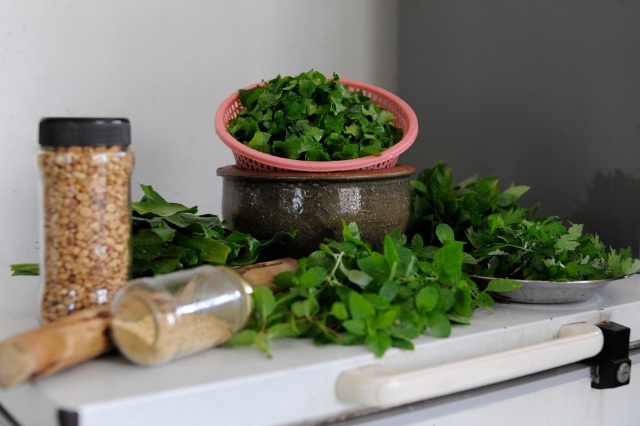
My passion towards Lui Cha makes a turn after getting acquainted with the Hakka Chans.
Every Ren Ri, senior Mrs. Chan will be very busy prepping up a big Lui Cha party for the whole village and our clans’ folks. 7 large plates of lightly fried assorted greens, white steamed rice or puffy rice served with Lui Cha. Simple, healthy salad food to many but a good Hakka Chan’s Lui Cha lies in the making of this tea broth.
Although Lui Cha 擂茶; literally means “pounded tea”, it is not. Of course, today many can choose the blender. Anyway, Mom is traditional and romantic, she prefers to gruel ingredients inside a specially made ceramic pot with a guava branch. I have the honor to witness the “behind the scene” of the long gruelling process of making this much loved tea paste.
Simple as it may sound; it is truly laborious.

Mom is trimming the heart shaped ku-li-xin, leaf by leaf, avoiding the stems and thorns.

The complete ensemble of 5 herbal leaves when available, when unavailable, you can cut them to 2 or 3 with basil as a compulsory base.
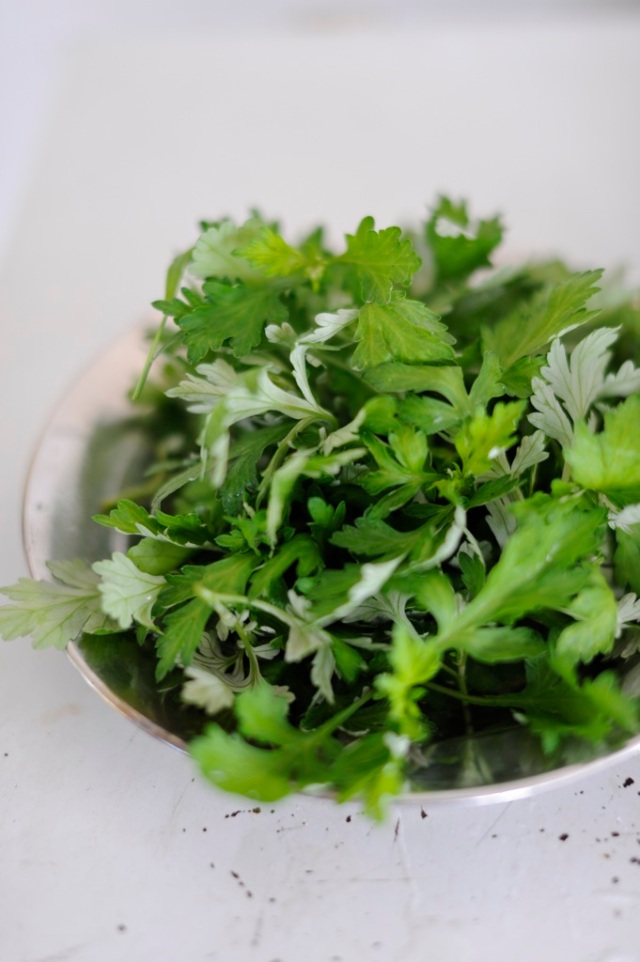
Wormwood, what a name!
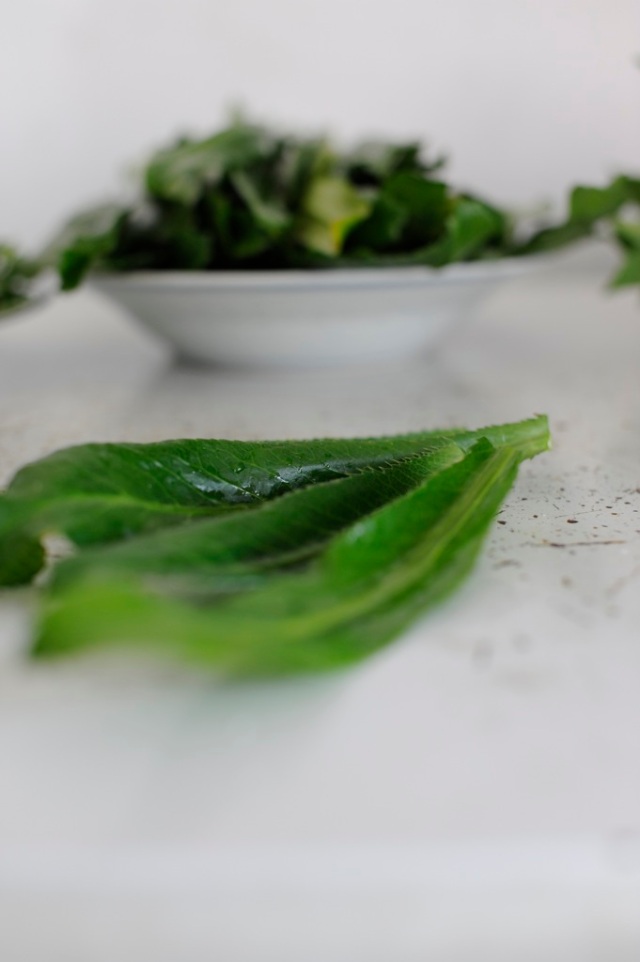
It took me the longest time to find a name to this herb. Look at the serrated edges, you can half guess it’s name; Sawtooth Coriander. This herb is rarely seen or sold in wet markets. Growing up, I have never encountered this plant till I stepped foot into Hakkachan. I have grown very fond of it’s pungent and spicy taste. Try julienne it into tiny strips and toss some light soya sauce as a condiment for steamed chicken or blanched pork belly. Heavenly.
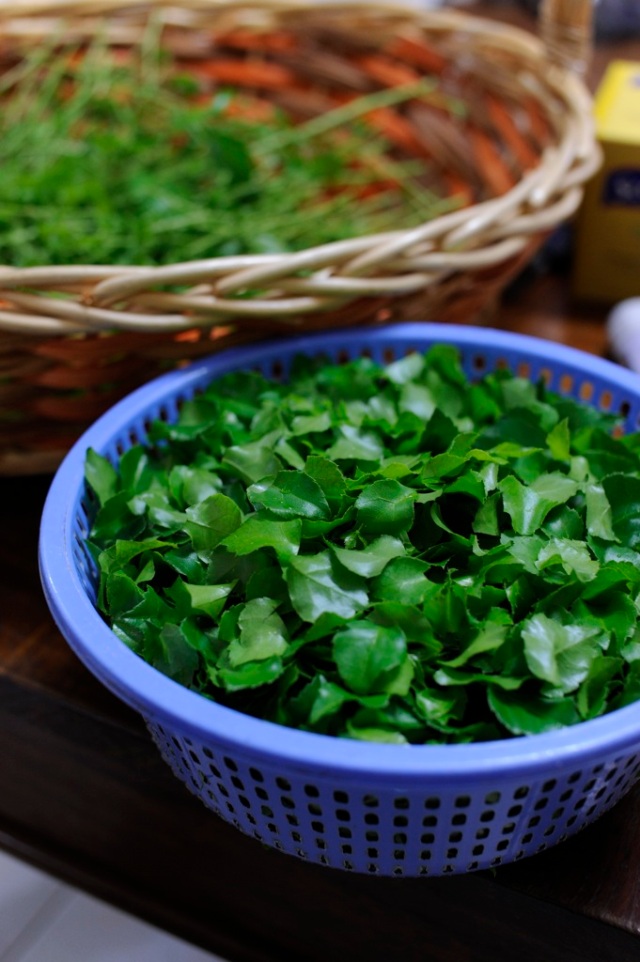
“Acanthopanax” is grown abundantly in mom’s garden. A small was given to me and I am ashamed to share that it hasn’t flourished well under my care. Anyway, after much research, this commonly known to our family as “ku-li-xin” or “bitter hearts” has palm shaped, ternate compound leaves and hook shaped thorns along its stem pointing downwards. Bitter in taste, this herb is ‘cooling’ and has detoxifying properties that dispel heat, damp and ‘wind’. Older folks use them to alleviate ‘heaty’ cough, rheumatoid arthritis.

RECIPE for LUI CHA PASTE
Ingredients for Lui cha tea paste : (serve 4-6 persons)
- 2 cups acanthopanax/ku li xin leaves
- 1 cups mint leaves
- 2 cups basil leaves
- 1 cup chainsaw leaves
- 1 cup wormwood leaves
- 1 cup roasted sesame
- 1 cup roasted peanut, crashed
- 1/2 cup chinese green or brown tea leaves
- 1 cups hot water
(blend all ingredients into paste ~ like making pesto)
METHOD:-
1. Toast sesame seeds. Fry peanuts in a wok without oil. Keep stirring till it is fragrant. Cool and shell skins.
2. Put in the green herbs, batch by batch. Add in a little water and gruel
3. Put some peanuts and sesame (to individual’s liking) into the lei-cha grinding pot. Add in some water and grind it into a paste.
You may use a blender instead. Mom occasionally does it.
The paste has to be added with hot water, salt and additional freshly pounded toasted groundnuts and sesame seeds.
Or you can make a larger batch, store the paste into containers and freeze them for future use.


